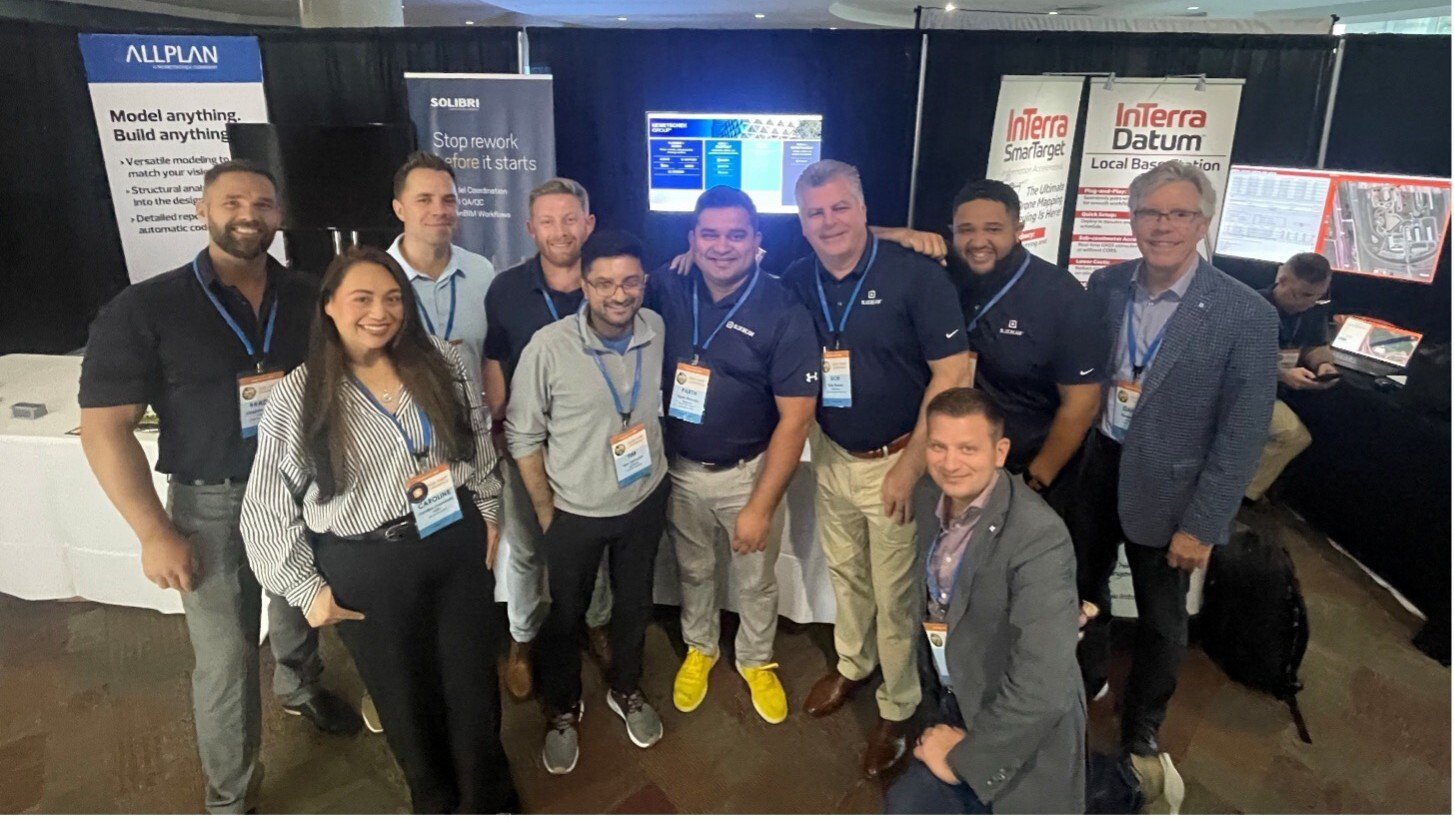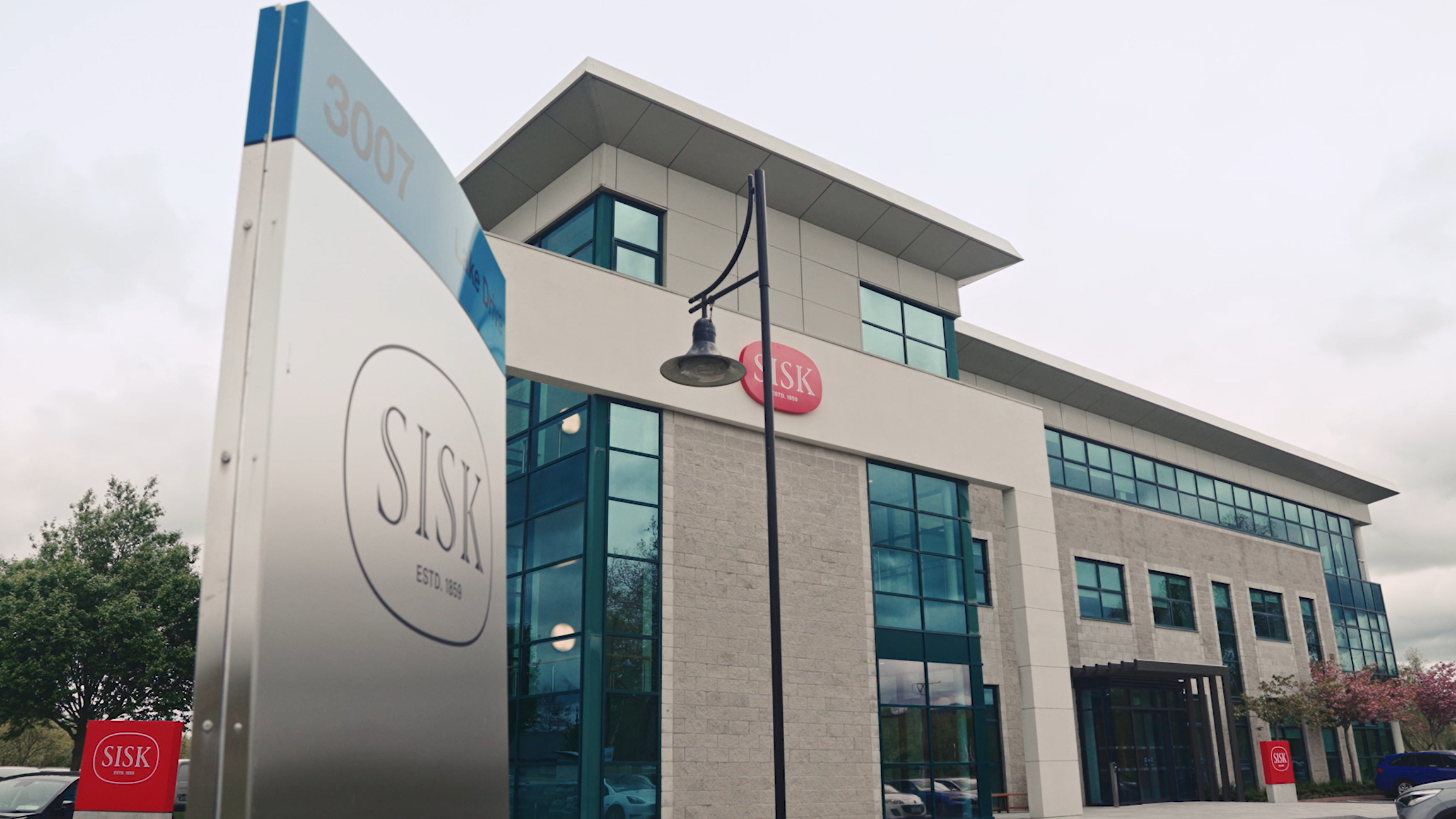From Holistic Thinking to Holistic Building
Author
Nemetschek Group
This article belongs to the collection Sustainability
To the topic pageNo more data silos, a move towards a digital building ecosystem with open standards: This paradigm shift has been driving the construction industry for years. Professor Georg Nemetschek was already pursuing this vision when he founded his engineering office in 1963 – and the Nemetschek Group is bringing it to life with its strong brands today and in the future.
The beginnings of digitalization in the construction industry
In 1984 – three years after the introduction of the first IBM personal computer – the Nemetschek Programmsystem GmbH introduced the object-based systems ALLPLAN and ALLPLOT. These systems, and later ARCHICAD, went a big step further than other 3D CAD systems available at the time. For the first time, they enabled architects and engineers to generate and edit sketches on the computer and share them digitally with other stakeholders.
Even though the first digitalization tools simplified some processes in the construction industry, data silos still generated a lot of “manual work” when transferring data due to a lack of interoperability between software systems. This interface challenge not only tied up personnel capacities, but also allowed errors and delayed processes. As a result, construction projects often exceeded the budget and time frame.
What the industry needed was a common "language". As a means of guaranteeing the seamless transfer of information, standardized data formats needed to facilitate collaboration across all project stages, prevent data loss and errors and ensure the long-term traceability of construction projects.
The birth of BIM
The holistic data approach manifested itself in 1999 in the O. P. E. N. platform, devised by Professor Georg Nemetschek: The database-supported system, which was conceived in 1993, broke down buildings into semantic building product models for access by various software systems. O. P. E. N. was based on the same structures as the later International Foundation Classes (IFC) of the non-profit organization BuildingSMART: open, neutral, internationally recognized XML data formats for building projects. The emergence of the International Foundation Classes (IFC) is also considered the birth of BIM (Building Information Modeling).
2012 saw another milestone on the way to harmonizing the data worlds in the building project life cycle. Together with buildingSMART International and leading software providers, Nemetschek launched the OPEN BIM initiative with the mission of integrating all relevant data for a building into the 3D CAD models of buildings using manufacturer-independent standard formats. In addition to the architectural structure, the building model can be enriched with a wealth of valuable information and calculations, for example for commercial planning or facility management. Thanks to this holistic view of a building or infrastructure as a dynamic ecosystem, new economic and ecological potential could be intelligently exploited throughout the entire life cycle.
From building model to digital twin
Buildings and infrastructures are much more dynamic than one would expect at first glance. They are constantly evolving, not only at a data level, but also at a tangible physical level. Conversions during the operating phase are widening the gap between the digital model and the built reality of the building. This makes it increasingly difficult to make forward-looking decisions based on the original digital model.
To close the gap, the actual state of the building must be recorded using reality capture technologies, semantically linked and compared with the 3D CAD building plan. Since October 2023, this information and real-time sensor data, for example from the building automation system, can be used to create digital twins of buildings using the Nemetschek Group's cloud-based, open platform dTwin. Digital twins provide an objective and interactive basis for decisions along the entire building life cycle. Another important milestone in the “thinking as a whole” approach.
Today, after more than 60 years of pioneering work and a pioneering role, the Nemetschek Group connects all building phases, trades and stakeholders around the world with its extensive portfolio. With its innovative digitalization solutions, more than seven million people worldwide are working successfully and efficiently on buildings and infrastructure projects of the present and the future. Whether in design, the construction phase or building operation – with open interfaces, technical expertise and know-how, Nemetschek is driving interdisciplinary collaboration throughout the entire building lifecycle. When innovative software and open standards eliminate frictional losses between the individual phases of the building life cycle, the entire building process becomes more punctual, efficient, economical and sustainable. From holistic thinking to holistic building!





